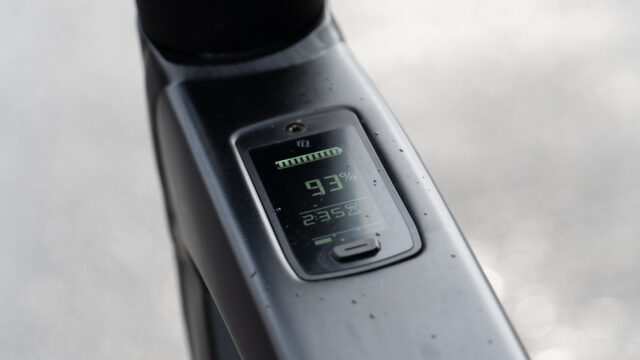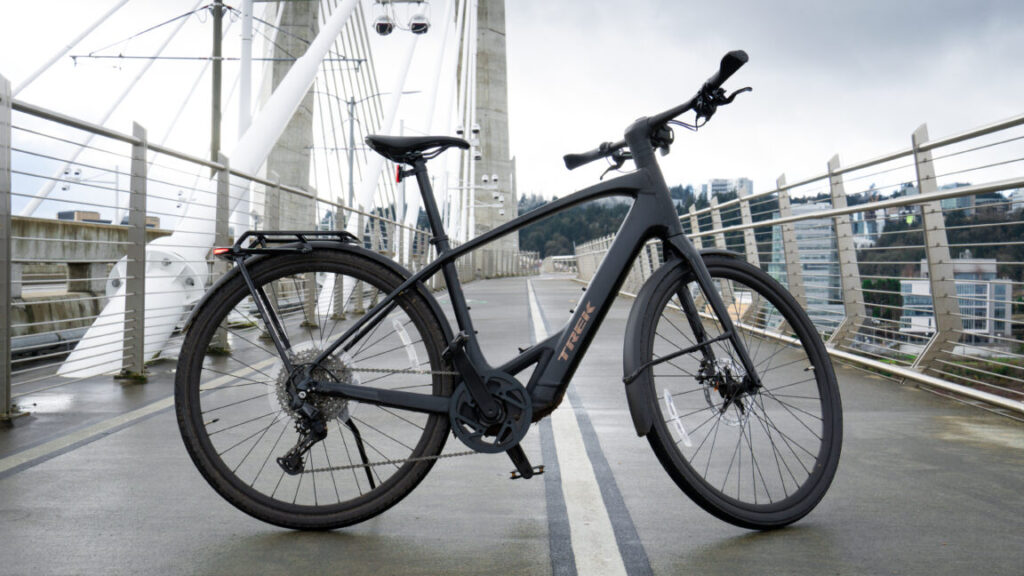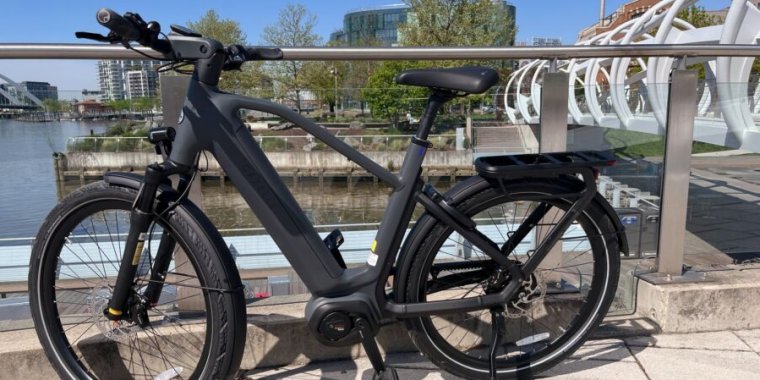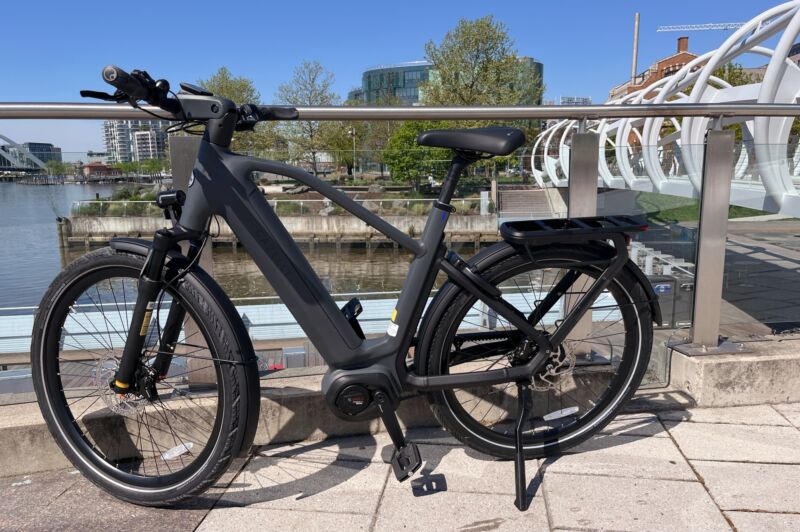Trek FX+ 7S e-bike is a premium city commuter
Post-pandemic, my creed became “Bicycles deliver the freedom that auto ads promise.” That belief is why I’ve almost exclusively used a bike to move myself around Portland, Oregon since (yes, I have become a Portlandia stereotype).
However, that lifestyle is a lot more challenging without some pedal assistance. For a few summers, I showed up sweaty to appointments after pedaling on a $200 single-speed. So in 2024, I purchased the FX+ 2, based primarily on my managing editor’s review. It’s since been a workhorse for my daily transportation needs for the past year; I’ve put more than 1,000 miles on it in eight months.
So given my experience with that bike, I was the natural choice to review Trek’s upgraded version, the FX+ 7S.
A premium pedaler
First off, my time with the FX+ 2 has been great—no regrets about that purchase. But my one quibble is with the battery. Due to the frequency and length of my rides, I need to charge the bike more often than not, and I sometimes experience range anxiety riding to the opposite side of town. Even though both e-bikes are considered lightweight at 40 pounds, they’re still not the easiest things to pedal sans assist, and I’m reliant on their built-in lighting systems after dark.
But I didn’t have to worry about my remaining charge with the FX+ 7 and its 360 Wh battery. Its extra capacity gives me much less range anxiety, as I can ride without fear of losing juice on the route home. And the LCD on the frame gives you a clear indicator of how much distance and time you have left in your ride, which is always handy. I would caution, however, about relying too much on your estimated distance remaining.

The LCD provides some useful info. You can see how much charge is left on the battery, or you can press that button to see your speed, wattage power, or miles ridden. Credit: Chris DeGraw
During a 15-mile, hour-long ride while fluctuating between the first two assist levels I had modified, I drained 61 percent of the battery. While the estimated time remaining on my ride was consistent and accurate, the predicted mileage dropped occasionally, although that’s probably because I was changing the assist level frequently.
Trek FX+ 7S e-bike is a premium city commuter Read More »


